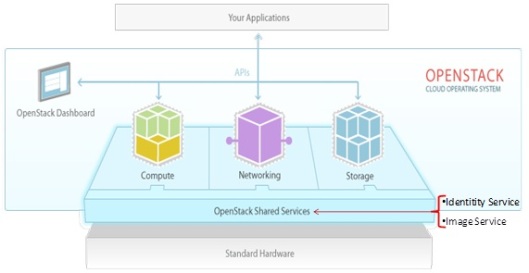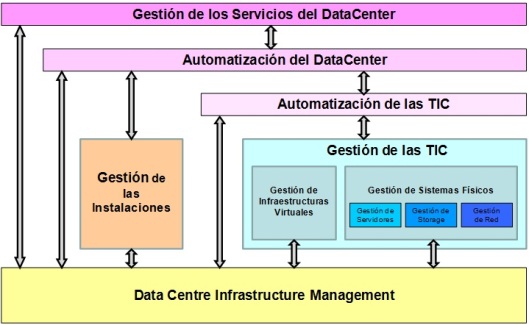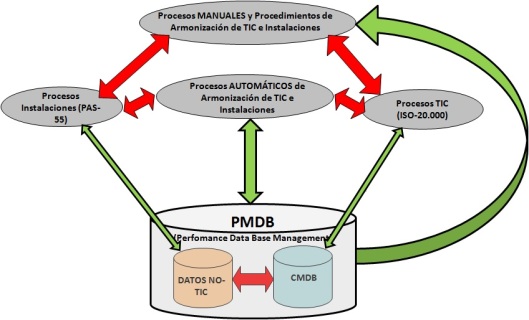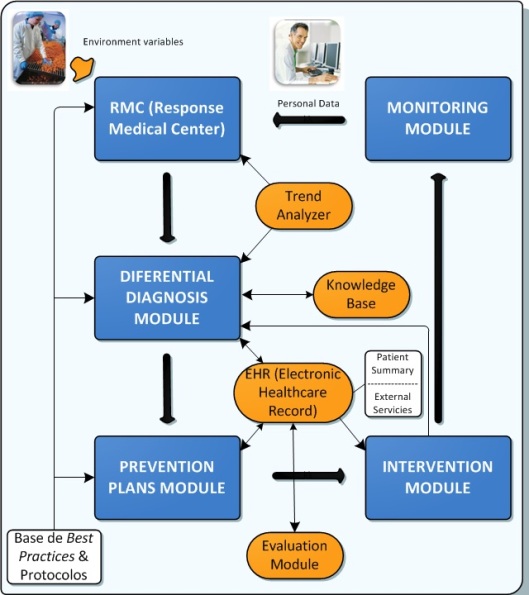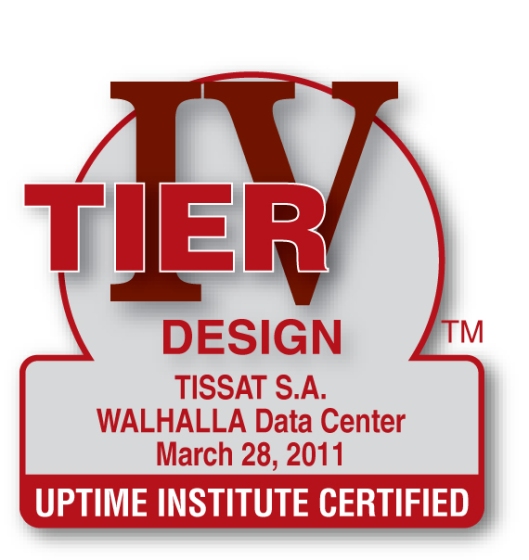“Una invasión de
ejércitos puede ser resistida, no así una idea cuyo momento ha
llegado”
o
¿Tienen futuro los servicios Cloud europeos?, ¿y los
españoles?
El surgimiento del “Cloud Computing” implica la
redefinición de la forma de trabajar (en el más amplio concepto de la palabra)
con las TIC, tanto para los Proveedores de Servicios, como para los Usuarios de
los mismos (ya sean ciudadanos, ya sean autónomos o profesionales, ya sean los
empleados de una empresa, organismo o entidad de cualquier tipo, ya sean los
departamentos TIC de esas empresas o entidades).
En sus inicios había mucha gente, y hoy en día
aún quedan algunos (especialmente entre las empresa de sector TIC que no han
sabido “hacer sus deberes” y no está aún metidos en el mercado), que decía que
el “
Cloud
Computing” era una palabra de moda (buzzworld) y no hay duda que eso ha
sucedido en muchas ocasiones con conceptos detrás de los cuales no había nada
(nuevo) y que cada vez sale un concepto hay gente que los aprovecha y lo lleva a
límites muy forzados (como
XaaS o “Lo-que-sea as a
Service”).
Sin embargo, el Cloud Computing aprovechando y
combinando los avances de muchas otras tecnologías (en muchos casos subyacentes
dentro del modelo, como la virtualización) responde por primera vez a las
expectativas de los ciudadanos y de las empresas de usar las TIC como una
“Utility” (es decir, como las empresa de servicios eléctricos, gas, agua, etc.).
Y es que, como dijo Victor Hugo, “una invasión de ejércitos puede
ser resistida, no así una idea cuyo momento ha llegado.”
Por ello todos los especialistas coinciden en que
si bien
el concepto
de Cloud Computing aún va a sufrir transformaciones y evolucionar, sin
embargo “no es una moda pasajera, sino que ha llegado para quedarse”. Esa
evolución vendrá tanto de la propia innovación de la industria creando nuevas
aplicaciones y servicios para el usuario final, como de los retos y desafíos, u
obstáculos y barreras, según se mire, que el Cloud Computing aún tiene que
afrontar y resolver: desde la seguridad hasta un cambio cultural, organizacional
o de procesos, pasando por la ausencia de estándares, los problemas de
interoperabilidad, de portabilidad, de “confianza”, de prestaciones, de SLAs, de
regulaciones y legislación, etc.
La solución a estos desafíos no está en un
producto, ni en una técnica, ni en un método, ni en un proceso concreto, sino en
una “normalización” de todas las actividades necesarias para garantizar la
seguridad, y resolver el resto de retos pendientes. Una encuesta reciente de
ENISA (la agencia de seguridad cibernética de la UE) sobre los Acuerdos de Nivel
de Servicio (ANS) mostró que muchos funcionarios en las organizaciones del
sector público apenas reciben observaciones sobre los factores importantes de
seguridad, como la disponibilidad del servicio, o las debilidades del software.
Con el fin de ayudar a solventar este problema, ENISA ha lanzado este mismo año
2012 (en abril) una guía práctica dirigida a los equipos informáticos de
adquisición de servicios TIC, centrándose en la vigilancia continua de la
seguridad en todo el ciclo de vida de un contrato en la “Nube”: se trata de la
“EU Procure Secure: A guide to monitoring of security
service levels in cloud contracts”. La publicación de esta guía se produce
unos poco meses más tarde de que febrero la Administración Norteamericana
publicara la “Federal Risk Assessment Program” (FedRAMP), cuyo objetivo
es evaluar y asegurar el riego mediante la normalización de más de 150 “controles de seguridad” y
con los que se establecen los requisitos de seguridad comunes para la
implementación de Clouds en determinados tipos de sistemas. De esta forma los
proveedores que quieran vender sus servicios a la Administración Federal
Norteamericana deberán adherirse al programa y demostrar que cumple con dichos
controles.
Además de los muchos puntos comunes, la primera
diferencia entre ambos es que mientras que la europea es una “guía”, la
americana incluye, además, un programa de certificación para las empresas que
quiera contratar con su Administración Federal, regulación que no ha sido vista
(por los proveedores) como un obstáculo, sino como un incentivo para el
negocio. Sin embargo, en mi opinión, la principal diferencia es que la FedRAMP
americana es la consecuencia y el paso lógico tras un hecho diferenciador (punto
de ruptura) que es la publicación a finales del 2010 de la ”Cloud First
Policy” con la que la Administración Obama (a través de la Office of
Management and Budget, OMB) decidió impulsar el uso del Cloud Computing entre
todos los organismos federales para poder reducir el coste de los servicios
exigiendo a las Agencias Federales de EE.UU. el uso de soluciones Cloud cuando
las mismas existan y sean seguras, fiables y más baratas.
En una muy reciente revista (junio del 2012), la
Comisionada Europea para la Agenda Digital (Ms. Neelie Kroes) declaró que Europa
no está defendiendo una Nube Europea, sino lo que Europa puede aportar a la
Nube, y aclaró que es un concepto que no contempla fronteras, por lo que la
legislación deberá recoger estos aspectos, sin abandonar los derechos de
protección de los datos personales que asisten a los ciudadanos europeos. Estas
declaraciones suceden a una también reciente publicación de un informe de
Gartner (una de las más prestigiosas empresas consultoras del sector) que afirma
que Europa esta 2 años por detrás de USA en temas de Cloud.
Pese a reconocer que el interés por la Cloud en Europa es muy grande, y
que las oportunidades que el Cloud Computing ofrece son válidas para todo el
mundo, sin embargo, según Gartner, los riesgos y costes del Cloud,
principalmente seguridad, transparencia e integración (lo cuales son aplicables
a todo el mundo), adquieren una idiosincrasia y relevancia especial en Europa
que actúan como frenos (o, al menos, “ralentizadores”) de la adopción del Cloud
en Europa:
- En primer lugar, las diversas (incluso aún cambiantes) regulaciones de los
países europeos obre la privacidad inhiben el movimiento de los datos personales
en la Nube. Este aspecto que, según algunos puede facilitar el predominio de
algunas empresas que basan su negocio en la geolocalización de la Nube dentro de
las fronteras de un país (o zona) sin embargo está produciendo el efecto de que
muchas otras compañías eviten a los Proveedores de Servicios Cloud Europeos
(CSP, o Cloud Services Providers) por miedo a conflictos con la legislación
europea frente a la americana.
- En segundo lugar la complejidad de la integración de los procesos de negocio
(B2B) en Europa, si bien ha favorecido a algunos Proveedores Europeos, una vez
más esa misma complejidad hace que resulte difícil que se alcance una masa
crítica y por lo tano se ralentice la aparición de empresas que ofrezcan
Servicios Cloud a lo largo de toda Europa.
- En tercer lugar, la lentitud de las prácticas políticas y de los procesos
legislativos paneuropeos, así como la propia variedad legislativa entre los
distintos países obstaculizan el negocio de los CSP.
- Por último, a estos 3 factores anteriores, se une el efecto que sobre las
inversiones produce la crisis de débito existente en la eurozona.
Frente a estos retos, en mi opinión, de momento,
solo tenemos buenas intenciones que se plasman en grandes palabras y pocos
hechos (solo unos buenos pero tímidos pasos y, a mi juicio, insuficientes) de la
Comisión Europea.
Además, en Europa la influencia del sector
público es mucho más importante que en USA (donde el sector privado es, en sí
mismo, mucho más dinámico y ágil). Por ello tanto la Administración de la
Comisión Europea como las distintas Administraciones de los Países miembros
tienen un papel importante, primordial, en el fomento del Cloud Computing en
Europa tanto como usuarios y consumidores de servicio Cloud, como facilitando el
desarrollo del negocio en torno al Cloud Computing. Y es por ello que creo que
en Europa hace falta definir una “Política Cloud” que propicie claramente el uso
del Cloud en todas las Administraciones Públicas Europeas, tanto de la Comisión
como de los Países Miembros (al estilo de la “First Cloud Policy” de EE.UU.),
de forma que se fomente el mercado Cloud tanto para los proveedores de
servicios (CSP) como las empresas consumidores de dichos servicios, así como las
inversiones en Investigación y Desarrollo en esta área. La Comisionada Europea,
Ms. Kroes, afirmaba que Europa está llena de gente con talento para conseguirlo,
pero sin duda se necesita que haya un mercado que lo demande y una
regulación-legislación que lo permita, si no de nuevo “perderemos el tren”.
En lo que a nuestro país concierne, el “Informe
de Recomendaciones para la Agenda Digital en España” (presentado hace escasos
días, el 18 de junio, y elaborado por un Grupo de Expertos a quien el Gobierno
encomendó su elaboración) reconoce que “España se enfrenta a una crisis de
su economía marcada por la particular configuración de los riesgos endémicos
–burbuja inmobiliaria, crisis financiera, etc.-, la existencia de deficiencias
estructurales y los desequilibrios respecto a otras economías centrales de la
zona euro, elementos que están amplificando los efectos negativos de la adversa
coyuntura internacional”. También afirma que “la adopción inteligente
de tecnologías digitales permitirá impulsar el crecimiento, la innovación y la
productividad, contribuyendo a evitar que se trunque la trayectoria de
transformación y modernización que ha experimentado la economía española en las
últimas décadas.” Y entre los principales factores de cambio destaca en
primer lugar “la transición al cloud computing como mecanismo de
entrega eficiente de servicios”, sin olvidar otros tan importantes
como “la generalización de la movilidad, el aumento en la disponibilidad de
banda ancha ultrarrápida, el desarrollo de la Internet de las Cosas, y el amplio
uso de dispositivos que, como smartphones y tablets.
Sin embargo, mientras en el Reino Unido el
Gobierno ha creado hace unos meses el
”UK CloudStore” (un sistema
diseñado para facilitar, simplificar y abaratar el proceso de selección y
provisión de servicios Cloud para los sector público), en España llevamos más de
10 años sin renovar el “Catálogo de Patrimonio” para la provisión de servicios
de DataCenter, entre los que esperamos, cuando se saque el Concurso
correspondiente, estén integrados los Servicios de Cloud Computing (al menos los
de tipo IaaS, es decir “Infrastructures as a Service”); y deseemos además que su
resolución no conlleve un proceso de más de 2 años (por los recursos planteados)
como ha sucedido con el Concurso para “Desarrollo de Sistemas de
Información”.
Por último mi mayor deseo es que mis palabras
sean tan efímeras, o más que los datos estadísticos que se recogen y analizan en
este informe, necesarios pues reflejan la situación y conocimiento del Cloud
Computing en las PYMEs y apuntan sobre qué aspectos trabajar para mejorar la
situación, pero que todos deseamos que pierdan su vigencia cuanto antes, pues
ese hecho significará una gran señal de progreso para el mercado TIC español en
particular, y para la evolución de la economía española en general.
Nota Final: Para reflejar mejor la situación en España debo aclarar que, tras la publicación del mencionado
informe/libro del que he copiado este artículo, ha sido convocado (y aún está en
proceso de licitación) el Concurso para entrar en Catálogo de Patrimonio del
Estado para “Servicios de alojamiento de sistemas de información” que respecto a
los Servicios Cloud establece, cito textualmente, que: “Los licitadores
podrán indicar en su oferta si están en condiciones de realizar servicios de
alojamiento basados en cloud computing en el caso de ser adjudicatarios. Dichas
condiciones se trasladarían a los contratos basados en el acuerdo marco que
contemplen esa posibilidad. La inclusión de ese tipo de soluciones no es
obligatoria para licitar.”

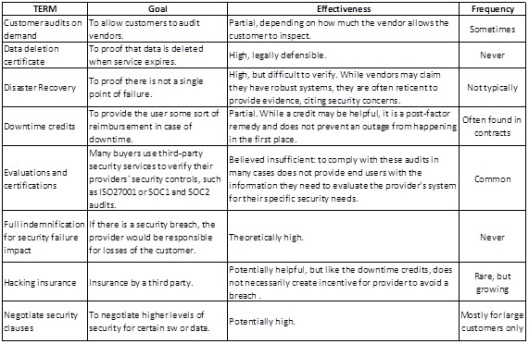

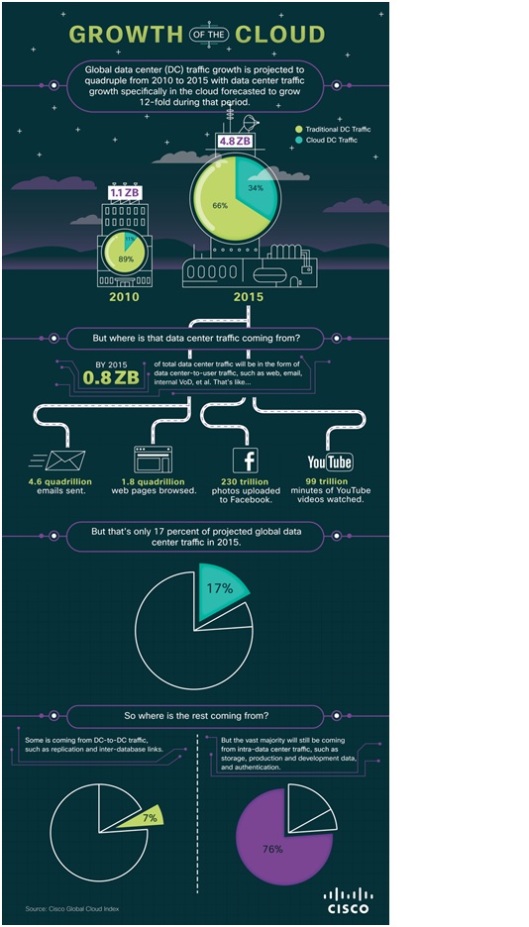

 y pueden obtenerse de forma gratuita participando en la siguiente oleada de encuesta.
y pueden obtenerse de forma gratuita participando en la siguiente oleada de encuesta.